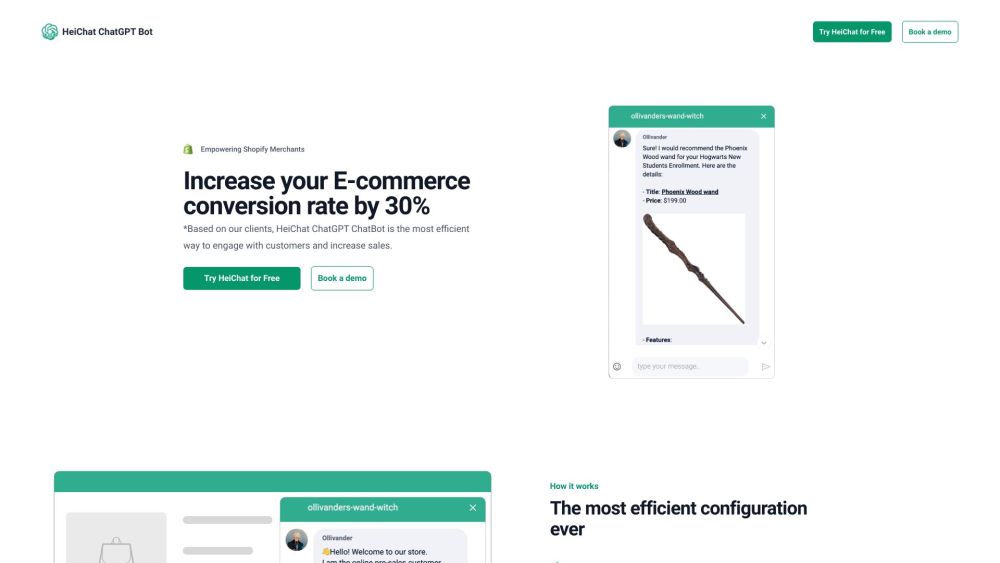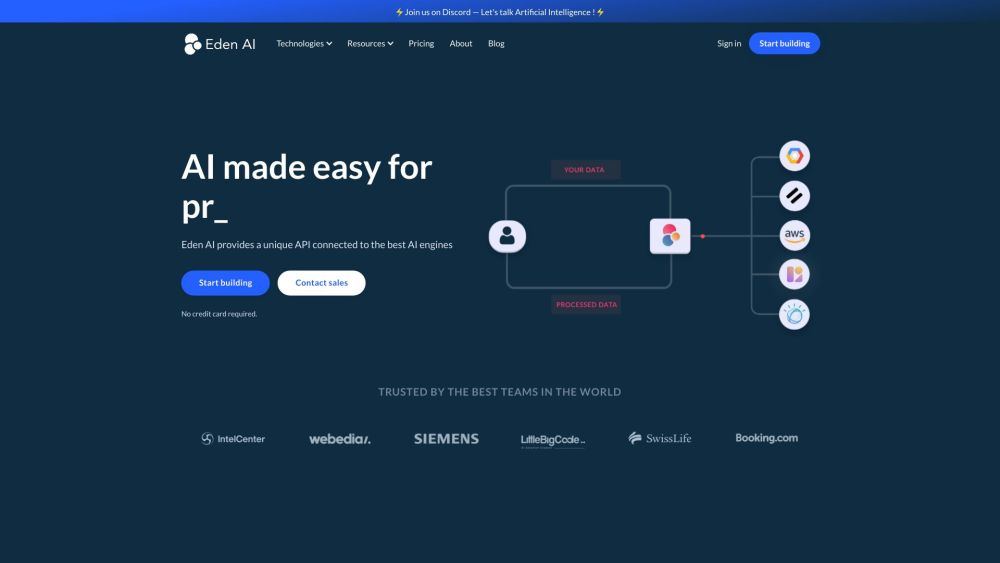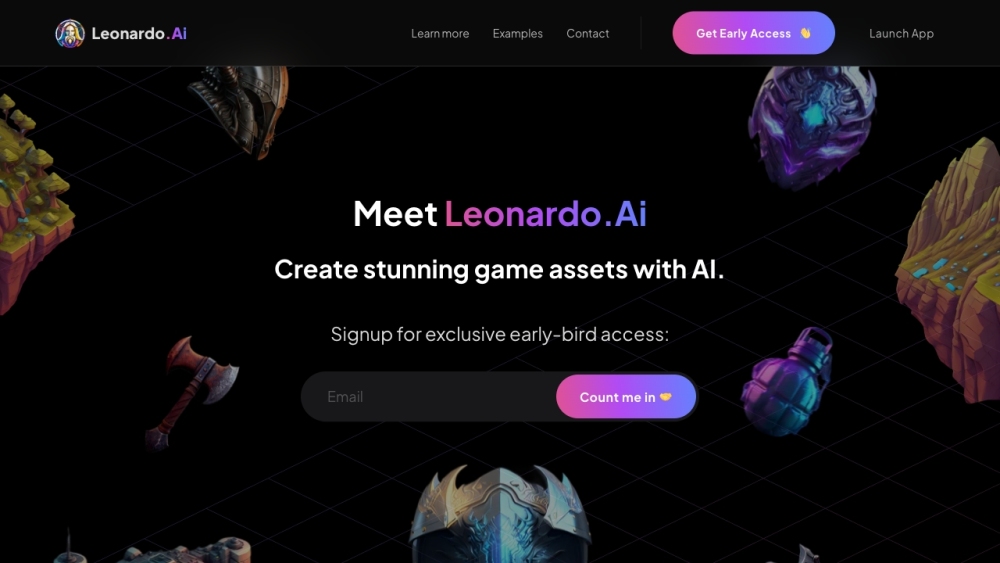As the annual Apple Worldwide Developers Conference (WWDC) approaches, excitement within the tech community and among Apple enthusiasts is reaching new heights. This year's WWDC promises to be a unique event, featuring not only updates for iOS and macOS but also a significant software upgrade for the Vision Pro headset—visionOS 2. Since its launch, this device has captured significant attention, and this update is set to enhance its user experience and functionality even further.
Anticipation for Native Apple Applications
Since the release of the Vision Pro, it has come pre-installed with several native visionOS applications, including Safari, Music, and Mindfulness. However, some applications are still operating in compatibility mode, preventing them from fully realizing their potential. We look forward to Apple enhancing these "semi-native" applications in visionOS 2, allowing them to perfectly adapt to the unique environment and interaction methods of the Vision Pro. Popular iPad applications like Books, Calendar, Home, and Maps—if optimized specifically for Vision Pro—would significantly elevate the user experience.
Imagine browsing the Books app in a virtual space as if you’re flipping through a real book, or using the Maps app to explore a city from a fresh perspective. This enhancement would greatly enrich the usage scenarios and solidify Apple’s leadership in the augmented reality (AR) realm.
Breakthrough with Real-Time Captioning
Apple introduced real-time captioning as part of its accessibility updates, providing essential support for individuals with hearing impairments. We anticipate that this feature will be further refined in visionOS 2. Accurate voice recognition is crucial for the success of real-time captioning, and Apple needs to ensure its reliability. Additionally, the design and placement of the captions should be user-friendly, allowing easy readability without obstructing the overall virtual experience.
Moreover, real-time captions should be an optional feature for all users; imagine the efficiency in communication during international conferences where understanding different languages becomes effortless.
Integration of Breath Tracking and Health Management
As health management becomes increasingly crucial, the integration of health monitoring features in the Vision Pro is essential. We expect to see the introduction of breath tracking capabilities in visionOS 2. This feature could monitor breath rate and depth, helping users evaluate their health and promptly identify potential issues.
Leveraging the sensors in the Vision Pro, Apple is poised to deliver precise and convenient breath monitoring solutions. This function could also integrate with the Apple Health app, generating personalized improvement suggestions to enhance users' overall health.
Interface Optimization and Enhanced User Experience
Additionally, we look forward to interface and user experience improvements in visionOS 2. Users should be able to easily adjust the position and order of applications to fit their personal usage preferences. Furthermore, Apple needs to optimize interaction methods by enhancing gesture recognition and eye-tracking technology to improve ease and accuracy of operation.
Conclusion and Outlook
The release of visionOS 2 marks a significant milestone for both Apple and the Vision Pro, aiming to enrich the device’s functionality and user experience, potentially transforming it into a truly revolutionary product. Whether through the launch of native applications, enhancements in real-time captioning, or the introduction of breath tracking, Apple showcases its grand vision in the realms of augmented reality and health management.
As a burgeoning product category, head-mounted devices face numerous challenges, but Apple must continue innovating to meet user expectations. We eagerly anticipate a future where Vision Pro and visionOS 2 enable a richer and more efficient virtual experience.




